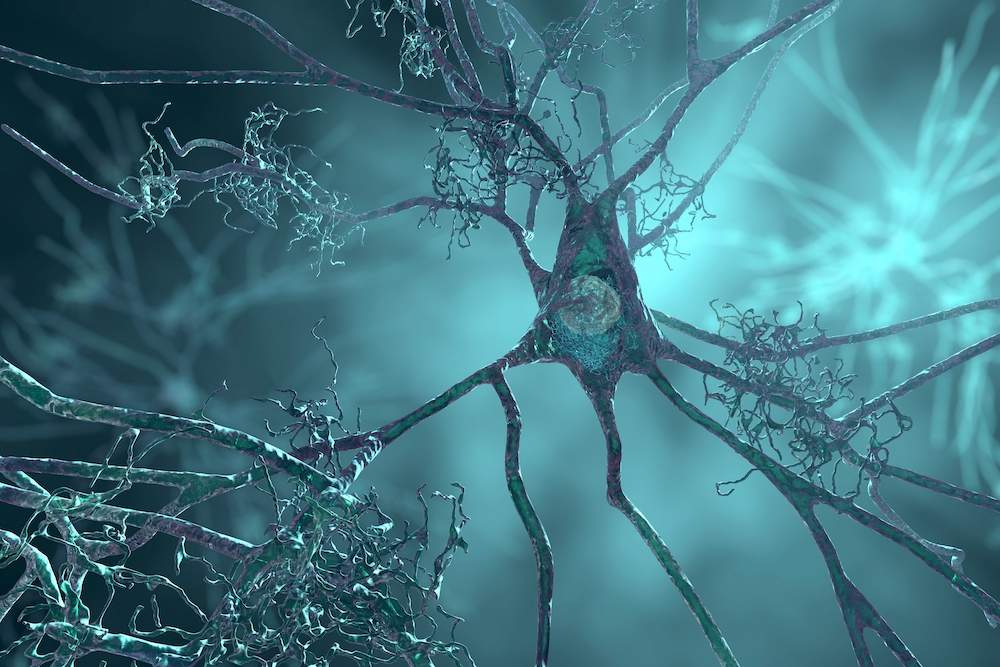Biography
Paul is a neurologist with a research focus on neuroinflammatory mechanisms of neurodegeneration in Alzheimer’s disease (AD) and multiple sclerosis.
He read chemistry as an undergraduate in Oxford, completed his DPhil there in the biochemistry laboratory of Prof. Sir George Radda, then obtained an MD and was an intern in medicine at Stanford University with a part-time post-doctoral period in the Department of Pharmacology before moving to the Montreal Neurological Institute (MNI) for a Residency in Neurology. Following this, he spent a further three post-doctoral years in the Genetics Laboratory in Oxford before becoming an Assistant Professor of Neurology and Genetics at McGill University. He returned to Oxford in 1995 as an MRC Clinical Research Reader (later Professor) where he was the founding Director of Oxford’s Centre for Functional Magnetic Resonance Imaging of the Brain (FMRIB). From 2005, he became a Vice President in GlaxoSmithKline, holding a variety of senior portfolios, including those for the GSK Clinical Imaging Centre and, later, the Global Imaging Group. He was Chair of the UKRI MRC Neuroscience and Mental Health Board 2020-24.
Paul is a Fellow of the Academy of Medical Sciences, a Fellow by Special Election of St Edmund Hall, Oxford and a Fellow of the Academia Europea. He was made an Officer of the Most Excellent Order of the British Empire (OBE) in 2008 for services to Neuroscience.
Matthews Lab
Explore the work of the Matthews Lab focused on neuronal vulnerability and genetic risk variants in the progression of Alzheimer’s disease.

